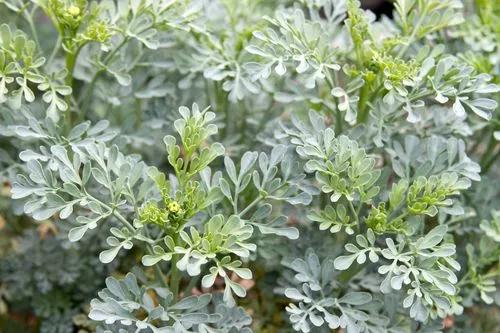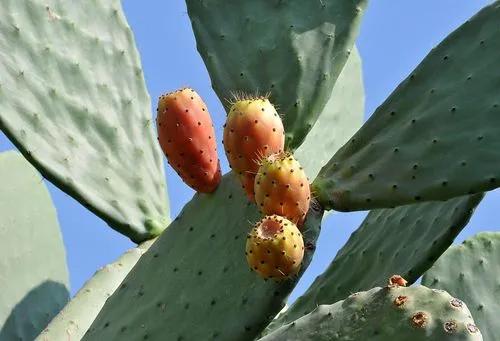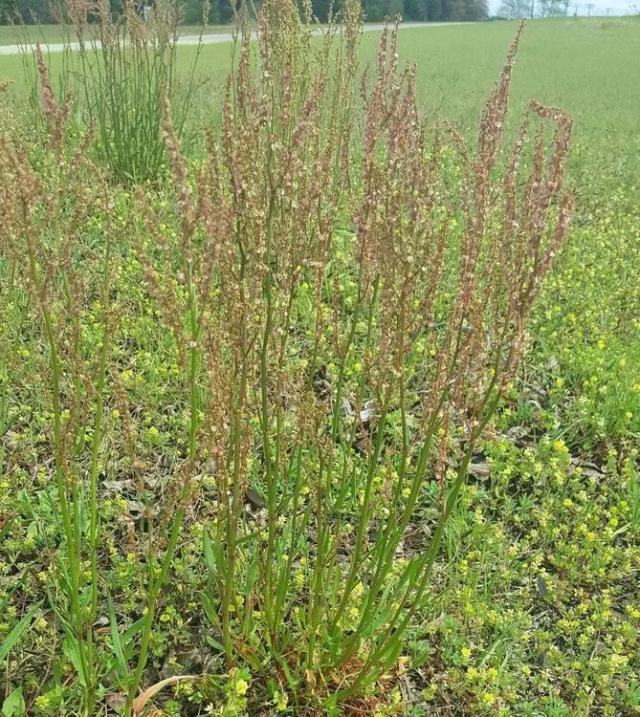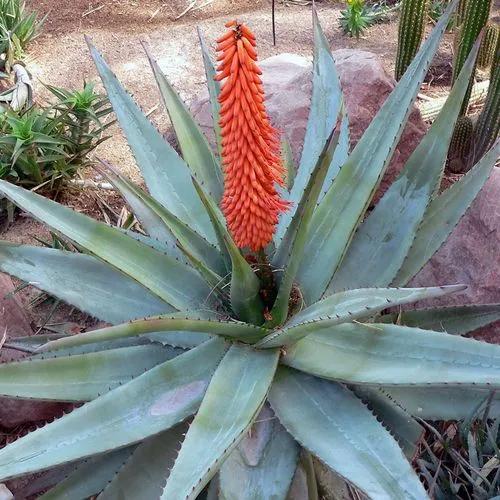Northwest America, Mediterranean. Annual herbaceous plants 15-30 cm in height. Stems erect, branched, shortly pubescent with white or brownish hairs. The leaves are palmate, with long petioles. Leaflets, 5-7 in number, up to 7 cm in length, obovate or oblong-obovate, obtuse or shortly pointed and at the apex with a short cusp, with a wedge-shaped base, sparsely and shortly pilose on both sides.Brushes up to 12 cm in length, apical, multiflorous, spike-shaped, erect. Flowers irregularly whorled or alternate, variegated. The flag is dense lavender blue, with a large white spot of irregular shape at the base and purple spots on a white background, the wings are deep blue, the boat is dark purple. Corolla is very small, butterflies. Blooms in July-August. Cold-resistant up to minus
Small-Flowered Lupine Care
Lupinus micranthus



Also referred to as the small-flowered Lupin or Hairy Lupin, Lupinus micranthus is an annual growing to a height of 20-40cm. The growth form is variable, sometimes a single stem but often freely branching.The stems are covered with many short hairs and a few longer brownish on This gregarious lupin often lines field margins and woodland edges; it sometimes paints fallow fields with vast swathes of brilliantt blue.A member of the Pea Family, Fabacae, the Bitter Blue Lupin is common in the Mediterranean Region and parts of northern Africa, but can also be found parts of southern in France.Depending on location, Bitter Blue Lupins can be seen in flower from March until June.
How to Care for the Plant

Popularity

52 people already have this plant 14 people have added this plant to their wishlists
Discover more plants with the list below
Popular articles






